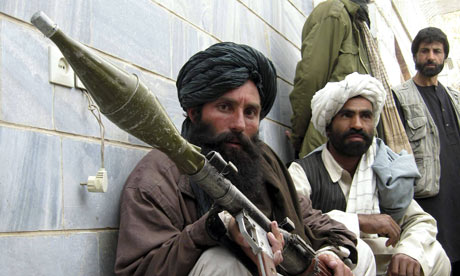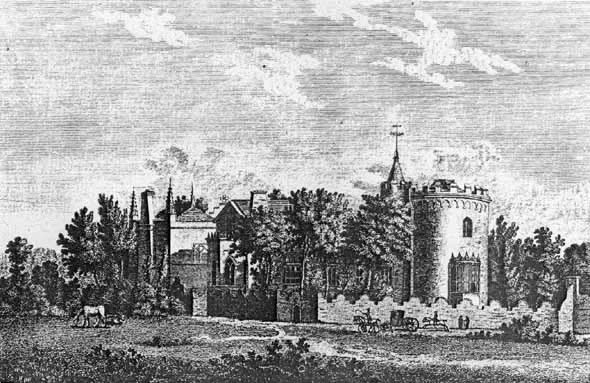Exploring more into my Novels!
A Thousand Splendid Suns- Khaled Hosseini
1- The key characters, how are they developing and are they changing?
Mariam- The main character in the novel. An ethnic Tajik, born into a illegitimate wealthy family living in Herat. She continuously tries to seek her father's acceptance as a daughter, though she feels pushed to the boundaries when she faces him. This leads to the heart of her mother's suicide and her own arranged marriage to Rasheed, a man much older than her. She is a victim of abuse in the many years that she is married to him. Mariam is introduced as a very obidient and vulnerable child in which the audience feels sympathetic for She is looked down upon as a character throughout her childhood as she carries shame in the consequeneces that took place from the day she was born. She is labelled as a 'Harami' bastard child.
Mariam has developed into a more independent individual in which she begins to understand the World through her own visions and experience. She has changed in a way, that makes it easier for those who have had arranged marriages understand Mariam, and are able to relate to the pain that she suffers in her unfortunate marriage. She begins to wear the full Burqa, she becomes more isolated as a character 'The loss of peripheral vision was unnerving.'
Jalil- Mariam's Father, who made the mistake to produce her which from having an affair with his wife, with the housecleaner. He is a loving father during Mariam's childhood. She is the object of his shame but his love for her will never leave her feeling neglected despite what happens.
Nana- Mariam's mother, she was the housemaid for Jalil. He provided little shack in which she would stay with Nana. Nana is presented throughout the novel as an individual and casted out of Jalil's life. She becomes a clingy character as Mariam is the only familial connection as Mariam builds a bond with her father her mother kills herself.
Laila- A very striking, bright young girl. Born into a wealthy modernised family in which a womans education is a top priority. She draws a close relationship with Tariq a childhood friend in which she marries later on. She holds the reputation and respect among her friends as being on the newspaper one day, as well as her father telling her that she can change Afghanistan one day.
Laila develops into socitey with more freedom, and appreciation of education than those girls who are less fortunate in a society where marriage and family at a young age is more favoured. Laila's character does begin to change when she is a married woman as she realises the duties as well as the pressure of family life.
Rasheed-The husband of Mariam and Laila. He is a cruel and abussive character in which he verbally and physically causes harm to both of his wives. Rasheed comes from a troubled past in which he as lost both his previous wife and his first son. Rasheed's character changes as once he is married he enforces religion upon Mariam such as forcing her to wear the Burqa. The loss of her children with Rasheed changes the relationship they have as they become more seperated and there is less interaction from when they were first married such as going out as a married couple.
Tariq- Laila's neighbour, a few years older. He has lost a leg from the war. Despite this he is a character with a strong heart, and dependable. Their friendship grows into a romance in which they produce a child. Unfortunately Tariq moves to Pakistan to avoid the war in Kabul.
2- Character Motivation...
Mariam- Has a constant drive to feel accepted by her father though she isnt seen as a legitimate family memeber. She feels the need to fulfil the wishes of Nana and to leave her feeling content at all times when she is present. We see Mariams curiosity of not understanding the word 'harami' bastard child. 'Nor was she old enough to appriciate the injustice, to see that it is the creators of the harami who are culpable, not the harami, whose only sin is being born.' She can be seen as a role model to the reader as her endless love and devotion to those that she seeks from (Nana, Jalil and Rasheed) isn't returned but she continues to show the love and respect she has for them.
Laila- Is more driven by her Father to be educated and bought up in a society where women are just as equal as men. She has a drive to recieve the love back that she gives to Tariq as a friend as well as being a romantic couple.She is impacted by dropping out of school as the war and violence leads to the streets becoming a very vulnerable place for any person. The heart breaking news that is given to Laila, impacts her as she finally is with the one she loves but he has to go. The sepration leads to her getting married again to Rasheed Mariam's husband. This also impacts her life as she makes a bond with Mariam in which they both act against the cruelty of Rasheed.
Laila- Is more driven by her Father to be educated and bought up in a society where women are just as equal as men. She has a drive to recieve the love back that she gives to Tariq as a friend as well as being a romantic couple.She is impacted by dropping out of school as the war and violence leads to the streets becoming a very vulnerable place for any person. The heart breaking news that is given to Laila, impacts her as she finally is with the one she loves but he has to go. The sepration leads to her getting married again to Rasheed Mariam's husband. This also impacts her life as she makes a bond with Mariam in which they both act against the cruelty of Rasheed.
3- The Plot...
The novel begins upon one character which is Mariam, in which she appears in part one of the book. It is then linked onto Part 2 of the stroy in which Mariam is introduced. Overall the novel has four patrs. Each Part we learn something new about each character, this helps to story progress as we changes in society, relationships and individuals. We see the story from 2 young women, who experience the three decade war going on between the Jihad, civil war with Taliban. Mariam the first young girl, who has bought shame upon her Fathers name. She is forced to marry Rasheed a who becomes brutal man as she fails to produce children with him. The Parts of the novel are joined when Laila becomes the second wife of Rasheed.The two girls become allies in a battle with Rasheed whose violence is endorsed.
The Plot is heavily built around the significance of a male figures being in control of women, it shows a side of reality to those who are well aware of forced marriages in countries which are patriarchal. Each woman in the novel comes to acceptance that the path they choose, they will never be content with. For example Mariam choses the path to sacrafice her life inorder to save Laila after she kills Rasheed. Laila has a different story, a young intelligent girl, with a good educational background. She is with the love of her life, though it comes crashing down, she has to find a way to keep the sacrafice Mariam has made from committing a horrible yet relieving act.
Currently, I have seen the novel develop through many ways such as the culture of women, tend to be more closed of in society, they are seen as objects of pleasure and child production. We also see how boys in these cultures are more favoured as they can go and fight for their country, keep the family name as well as bring a wife home to nurture the family.
I have also seen the way the country develops and how the people of Afghanistan suffer from the violence, abuse and threats. Though they have a strong belief that peace will arrive one day.
Education, is an important development in the novel, as well for Afghanistan today. The education system is begining to open for women, such as Mariam and her friends coming from a wealthier background. Its not common for women in a society where education as a key facility of life.

- Strength Of Women: The young women, Mariam and Laila as well as the other girls mentioned, have grown up to act mature in a way that they are prepared for married life and its duties that come with the role. The forced marriages, bring them a life of misery in which we see their strength and efforts put in to please thier men to the highest ability. These women grow up as young experienced individuals who have the strength to persevere to receive attention, and independence. Mariam suffers to seek attention from her father to accept her as a daughter and not a shadow of shame. She takes the pain of an abusive husband for the past 27 years but takes her fate and tries to build the best out of what she has. Whereas, Laila's dream of the perfect husband fails, in which she tries to rebuild her life with Rahseed in which she too becomes a victim of abuse. She then faces the challenge to help rebuild her country and to honor the memory of Mariam.
- Overriding power of Men: Power is overriding in the men that are in the war, the Soviets, Mujahideen and the Taliban all share little compassion for human life. The status that power brings is a key motivation in which these men remain evil, and become ignorant to improve the beauty and success of their country. The women are seen as victims in this male dominating society. They aren't given basic rights, such as freedom and speech. If one was to express their feeling a servere punishment would be put in place publicly, whereas men like Rasheed may have killed both Mariam and Laila this wouldn't be looked down upon at all.
- Loyalty and devotion: both women accept the roles of being wives to husbands in which they have been placed with. For example Mariam, she becomes a loyal and devoted wife in serving what Rasheeds wishes for with high standards. Though she fails to give him a child. She is also very loyal to her mother in the beginning, she shows love and attention to her mother, despite Nana not expressing her entire feelings to Mariam. Laila, shows loyalty and devotion towards her father, to have a life of education and to show a change in Afghanistan.
Other themes are present such as:
- Discrimination
- Outcast
- Hope
- Peace
- War
- Love
- Pride
- Religion













